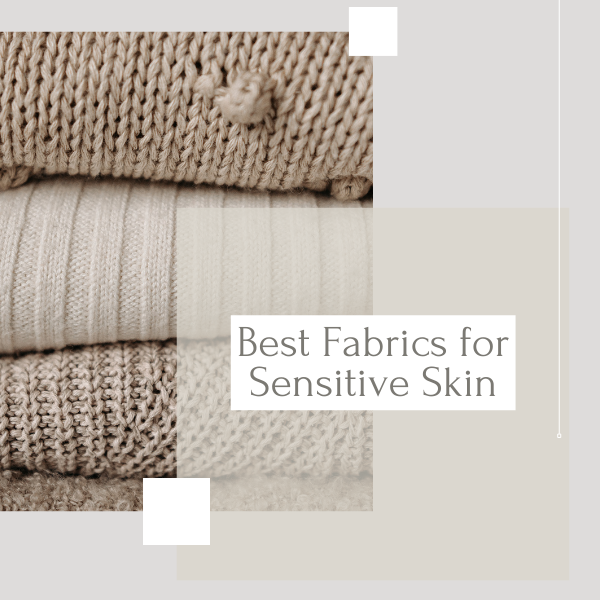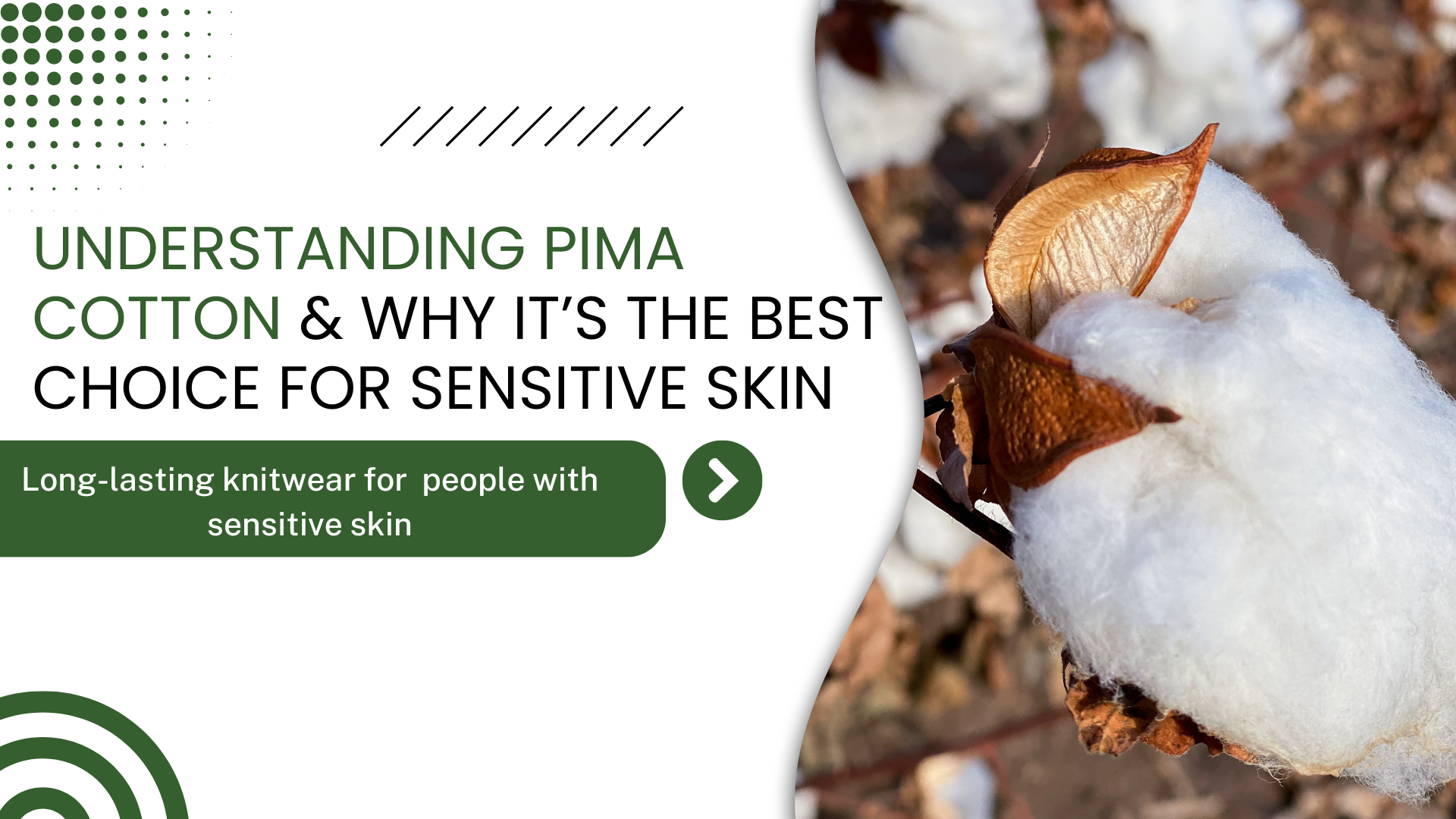
Understanding Sensitive Skin
Sensitive skin isn’t a medical diagnosis but rather a term for skin that reacts easily to external factors like allergens, weather changes, or certain fabrics. Symptoms may include redness, itching, or irritation. Identifying your skin triggers can help you make better choices, including the fabrics you wear.
For some, skin sensitivity is temporary—caused by stress, weather, or exposure to harsh chemicals. For others, it’s a lifelong challenge requiring careful fabric selection. Consulting a dermatologist can also provide guidance on managing sensitivity and reducing flare-ups.
The Importance of Choosing the Right Fabric
The fabrics you wear play a crucial role in skin comfort. Some materials can aggravate sensitivity, while others help soothe it. Breathable, chemical-free fabrics reduce irritation, regulate temperature, and minimize discomfort.
Mass-produced clothing often contains synthetic dyes, harsh chemicals, and rough textures that can trigger skin reactions. Choosing high-quality, natural fabrics can make a significant difference in your everyday comfort.
Natural vs. Synthetic Fabrics
Natural fabrics are typically best for sensitive skin, offering breathability and minimal exposure to chemicals. In contrast, synthetic fabrics can trap heat and moisture, leading to irritation. If you do opt for synthetic materials, choose those designed for sensitive skin with moisture-wicking and hypoallergenic properties.
Best Fabrics for Sensitive Skin
1. 100% Cotton
Soft, breathable, and hypoallergenic, cotton is a staple for those with sensitive skin. Opt for 100% organic cotton to avoid synthetic blends that reduce breathability.
💡 Example: Rivelle Knits' Ella Dress is made with undyed USDA organic Pima cotton, while the Sarah Crop Top and Ashley Knee Skirt blend tanguis cotton and rayon, using Oeko-Tex Standard 100 certified dyes.
2. Bamboo
Naturally antibacterial, moisture-wicking, and ultra-soft, bamboo fabric keeps skin dry and irritation-free. It’s a great option for warmer climates or active lifestyles.
💡 Example: Mate the Label offers bamboo clothing.
3. Linen
Linen is lightweight, breathable, and moisture-wicking, making it ideal for sensitive skin in hot and humid conditions. It also softens over time, increasing comfort.
💡 Example: notPerfectLinen offers linen clothing.
4. Baby Alpaca
Unlike traditional wool, baby alpaca is lanolin-free and hypoallergenic, making it a luxurious yet irritation-free option for warmth. It’s soft, insulating, and ideal for those with wool sensitivities. Look for 100% baby alpaca to ensure the highest quality.
💡 Example: The Rose Sweater and Foliage Scarf are made from 100% sustainable baby alpaca.
Tips for Shopping for Sensitive Skin Clothing
- ✔ Look for Hypoallergenic Labels – Ensure fabrics are free from common irritants.
- ✔ Avoid Harsh Chemicals & Dyes – Opt for natural, chemical-free textiles.
- ✔ Check Seams & Labels – Flat seams and tagless clothing prevent unnecessary irritation.
Caring for Sensitive Skin Fabrics
- ✔ Use Gentle Detergents – Opt for hypoallergenic, fragrance-free options.
- ✔ Skip Fabric Softeners – They can leave a residue that may irritate skin.
- ✔ Air Dry When Possible – Helps maintain fabric softness and longevity.
Final Thoughts
Selecting the right fabrics is essential for managing sensitive skin. Prioritizing natural, breathable, and hypoallergenic materials ensures both comfort and skin health. Investing in high-quality, skin-friendly clothing helps minimize irritation and enhances everyday wearability.
Stay Connected
• Follow us on our socials linked below to stay inspired.
• We love staying in touch with our community! Follow us on our socials:
• Subscribe to our newsletter for updates on partnerships and events.
• Interested in joining our community? Check out our ambassador program to learn more.
-------
About Me
I started making my own clothes because what I found in department stores were not resonating with me — they lacked the quality and connection I wanted to feel when wearing them. I wanted pieces that felt unique, intentional, and worth investing in. Through this journey, I discovered a passion for crafting garments that not only reflect individuality but also prioritize quality, sustainability, and thoughtful design. This passion ultimately led to the creation of Rivelle Knits, where I strive to redefine what it means to buy and wear clothing with purpose.






Leave a comment